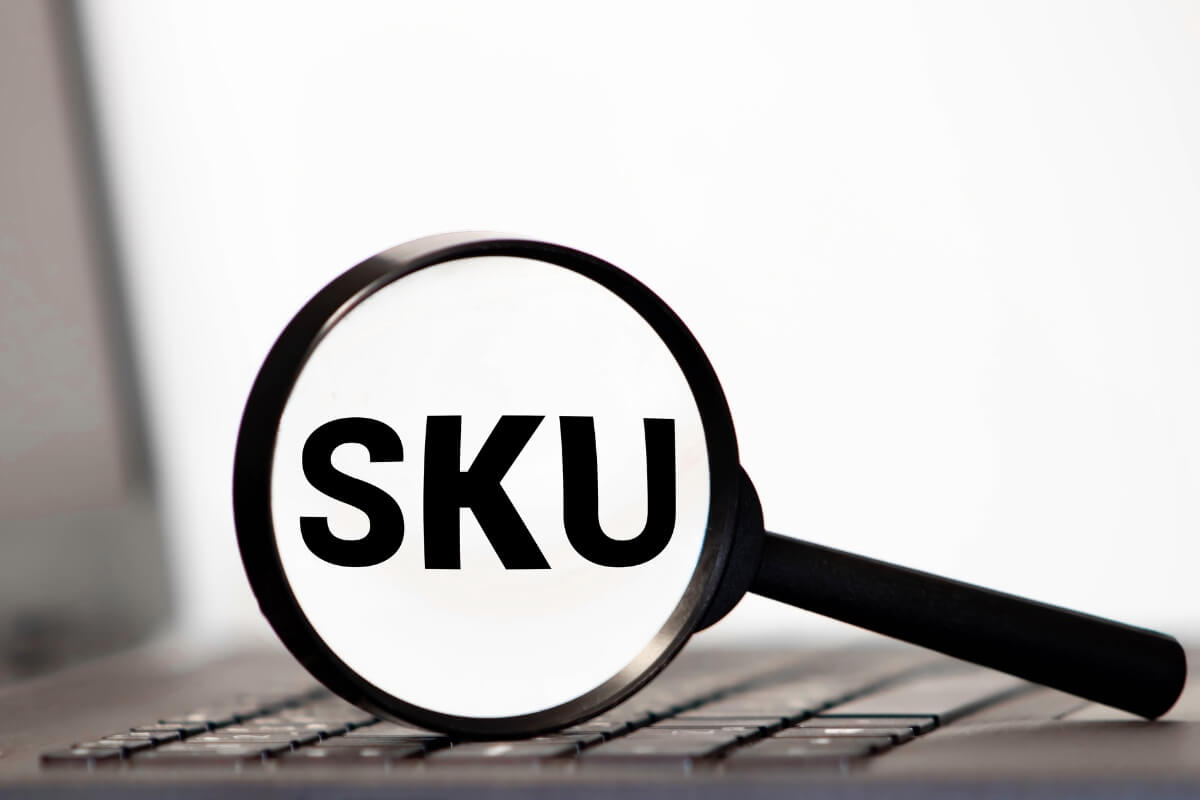The 'van Weele' procurement process in more detail.
Why describe procurement processes? To organize procurement activities so that they are effective, efficient and meet the expectations of one’s organization.
Strategic procurement
The strategic procurement process is the basis of all underlying procurement activities. It focuses on defining the procurement strategy for the organization, for individual commodities/categories and on establishing procurement policies. This includes the use of the Kraljic matrix. Procurement policies focus on functions, responsibilities, authorization levels, etc. Usually this strategy is set out in a (multi-year) plan. The procurement strategy thus determines the underlying (tactical and operational) procurement processes.
Tactical procurement
The tactical procurement process can be divided into two main parts: initial procurement and supplier management.
Initial procurement
The initial procurement process focuses on finding, selecting and contracting suppliers that meet the longer-term needs of the organization. This is a thorough process that requires considerable effort and thus will be applied only if there will be sufficient use of the resulting contract. In this sense, it is also important to include internal stakeholders in this process to ensure that the contract will indeed be used.
The steps in this process are indicated in the diagram above.
1. Need/idea
Every procurement process starts with a need (which may be the result of an idea).
2. Specify
Determining the needs of the organization with respect to a product or service to be purchased begins with identifying the requirements and desires for the service or product itself. This requires careful consideration of the extent to which a product should have technical or functional specifications. At this stage it will also be necessary to determine the other requirements for the product or service: in terms of logistics, pricing, maintenance, numbers, budgets, etc.

FREE WHITE PAPER
Reduce Total Cost of Ownership (TCO) with the Kraljic Matrix
3. Make/buy
Then the question will have to be asked: are we going to provide this product or service ourselves or are we going to purchase it. Often this question is quickly answered with “we are going to buy in,” but sometimes (think of outsourcing tasks, for example) the discussion about this can even take several years.
4. Supplier search
In this phase, potential suppliers are sought in every possible way, by asking the question: do existing suppliers satisfy? as well as by visiting trade shows, by googling, by inquiring with known suppliers, etc.
This leads to a “long list” of potential (found) suppliers.
5. Select
In this phase, the suppliers found are qualified and the most suitable/appropriate supplier(s) are selected. The first step in this selection process is that the ‘long list’ of found and potentially interesting suppliers receives a so-called RFI (Request for Information).
This involves a number of ‘knock-out’ questions that reduce the long list to a ‘short list’.
This short list of suppliers (usually max. 5 to 6 suppliers) then receive a request for proposal (also called RfQ, Request for Quotation or RfP, Request for Proposal).
This request for proposal is basically the basis for the final contract and therefore will have to include all the terms and conditions established in earlier stages. And so will require a lot of attention.
The bids received are reviewed by a team of different officers who together bring all the necessary knowledge.
A new short list of suppliers now follows, which may then be audited by various officials (including QA and Purchasing) from their own organization to verify that the company does indeed have all the required qualities. Consider machinery, processes, departments, quality and level of employees, financial situation, organizational form. To assess the risks involved in any collaboration with the supplier in question.
6. Contract
Usually, the terms of the contract are negotiated with one supplier. Depending on the quality of the preparation by procurement (read: the whole process for this) and the importance of the product/service and thus of the supplier, this can take shorter or longer.
Supplier Management
The initial phase is followed by the supplier management phase. This begins with the implementation of the contract throughout the organization (all departments and individuals affected by the contract), e.g. the Business Unit, production, planning, the business, R&D/engineering, etc..
In the Supplier Management phase, supplier performance is closely monitored and discussed with the supplier, contract renegotiations take place, the relationship is managed and, if possible, strengthened. Until the contract (read: the service or product for which the contract was made) is no longer needed and the contract is terminated.
Operational procurement
Based on the contracts concluded with suppliers, the operational procurement process then takes place.
This process starts with the internal request (a department indicates to the purchasing department that they wish to purchase something, incl. specification). This request is converted by procurement (or if this process is automated, in an ERP system) into a purchase order (PO) which must be authorized by the budget holder(s), after which procurement must ensure delivery by suppliers in accordance with the agreements made in terms of time, quantity, cost, quality, followed by “3-way matching” of invoices received with the delivery received and with the order/PO.
In addition to this operational procurement process, there will also be requests made by “the business” for which there is no supplier contract. If the financial value of the request is below the operational procurement officer’s “authorization limit,” the operational procurement officer can seek suppliers, solicit bids and negotiate them himself. The final (and negotiated out) bid, to which the applicant has agreed, plus the applicant’s own organization’s procurement terms and conditions, are then the basis for a PO. This is followed by the same process as described earlier.
How does Van Weele's procurement process contribute to a professional procurement department?
It is worth remembering that an organization’s procurement accounts for at least 20% of its turnover (service suppliers), in industry it averages about 60% and in commerce it can reach 95%. This does provide sufficient insight into the impact of effective procurement.
By unleashing the systematic approach of the van Weele procurement process on its own organization and thus making it specific to its own organization, a procurement department can effectively manage all aspects of its own organization’s procurement and thus take on the role that, given the importance of procurement to the organization, it should also have.

FREE WHITE PAPER
How to Make a Category Plan
The 5 benefits of a professional procurement process
- Optimizing the procurement process will lead to greater efficiency and therefore lower costs of the procurement process itself.
- Organizations will get better quality at a lower cost.
- A streamlined procurement process leads to clear agreements between buyers and suppliers so that both are aware of the terms of the deal. This lowers the likelihood of “hassles” in the collaboration and thus lowers the cost of the collaboration.
- A good procurement process identifies the risks of a purchasing decision before it is made and thus minimizes them.
- With this procurement process, supplier relationships can be effectively managed, the right energy put into a supplier relationship, and supplier relationships further developed where appropriate.
About the author of the purchasing model 'van Weele'
Prof. Dr. A.J. van Weele is a leading lecturer and consultant within the procurement community. Arjan van Weele has been active in this field since 1989 and has become one of the most respected and sought-after procurement experts in the world. His first position in this field was as a partner and consultant with the Holland Consulting Group. A.J. van Weele has described his in-depth knowledge of procurement processes, supplier management and cost optimization in many books and publications and has helped countless organizations improve procurement processes and increase profitability.
Find a buyer through xentys
At xentys, your experienced procurement recruitment agency, we are happy to help you find the right professional for your procurement team. Send a message today and strengthen your purchasing department.
A.J. van Weele is the author of books and articles in the areas of procurement theory, procurement processes, supplier management and cost optimization, among others. One of A.J. van Weele’s most popular books is “Purchasing in Strategic Perspective,” co-authored with Jordie van Berkel-Schoonen and Gert Walhof. This book covers Van Weele’s procurement process, identifying new suppliers, negotiating contracts, managing and maintaining supplier relationships and cost optimization, among other topics. In addition, the book includes case studies of companies that have successfully implemented van Weele’s procurement process. In addition, Mr. A.J. van Weele (Prof. Dr.) published a wide range of articles in well-known journals such as “Supply Chain Management Review” and “The Journal of Supply Chain Management.
















